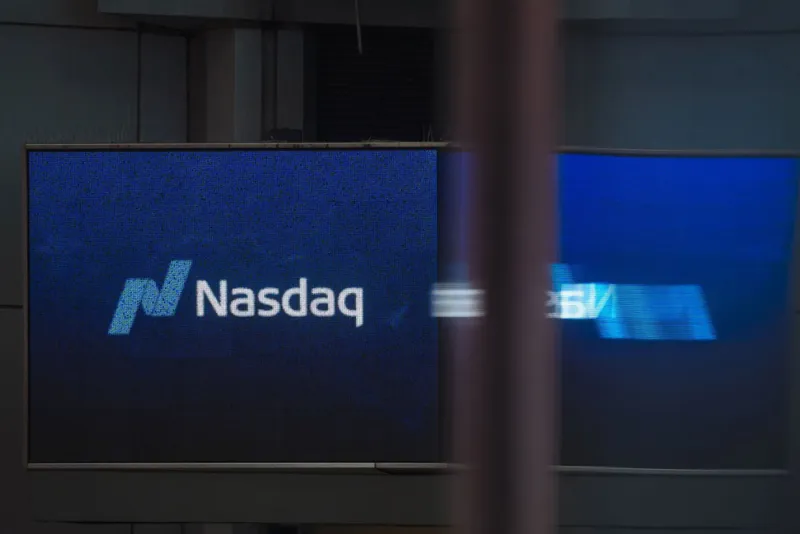Industry insiders have long complained about the lack of transparency in the outsourced chief investment officer market. That may be about to change.
Search consulting firm Alpha Capital Management partnered with Nasdaq to create a set of indices measuring the performance of 16 outsourced chief investment officers. The data, shared with Institutional Investor on Thursday, shows that over a ten-year period, OCIO clients beat a traditional 60/40 portfolio of global stocks and U.S. bonds.
“The people who are participating want to level the playing field and want transparency in the industry,” Brad Alford, founder of Alpha Capital, said by phone Thursday. “They’re saying that they are okay with their performance being judged.”
The firms participating include industry giants like Commonfund, NEPC, Russell Investments, SEI, and Vanguard, as well as boutique firms like Angeles Investment Advisors and Verger Capital.
The OCIO participants report client returns net of fees anonymously every quarter through an online Nasdaq portal. They break performance out into 26 asset allocation categories, according to Alford. Client portfolios must have at least $50 million in assets under management to be included in the index.
During 2019, the AlphaNasdaq OCIO Broad Market Index, which tracked all 575 OCIO clients’ performance, returned 18 percent. Over that same time period, a traditional 60/40 portfolio made up of the MSCI All Country World Index and the Bloomberg Barclays US Aggregate Bond Index returned 19.41 percent.
Over the long-term, however, the OCIO index beat the 60/40 portfolio, returning 8 percent over the decade ending on December 31, 2019. The 60/40 portfolio, by comparison, delivered a 6.99 percent return over the 10-year period.
In addition to the broad index, Alpha and Nasdaq broke the OCIO clients out by institution type and asset allocation strategy. Alford said this decision was based on the understanding that clients have different risk tolerances, which can affect performance.
This has long been a reason why OCIOs have been reticent to share returns publicly. Different client types mean different portfolio constructions, which makes it hard to compare performance. The result has been accounting practices that aren’t always transparent.
[II Deep Dive: The OCIO Industry Is the ‘Wild West.’ Here’s How to Tame It.]
As an OCIO search consultant, Alford said he struggled to figure out whether the providers he worked with were massaging their numbers to show better returns.
“The cherry-picking is rampant,” Alford said. “That is the reason we went down this path. We did an OCIO search and I couldn’t believe any results.”
Right now, the initiative’s institution-type indices include benchmarks for defined-benefit plans, endowments and foundations, and healthcare operating reserves. Alpha and Nasdaq required a minimum of 15 clients within each category, which meant that data was not reported for two targeted institution types: insurance reserves and non-profit pools.
Both the pension and endowment and foundation indices outperformed the 60-40 portfolio over the decade ending in 2019, with ten-year returns of 8.58 percent and 7.66 percent, respectively.
For the calendar year 2019, the pension fund index returned 18.57 percent, while the endowment and foundation index earned a 17.8 percent return.
Alpha and Nasdaq did not report ten-year returns for healthcare operating reserves. However, the index showed a one-year return of 16.45 percent and a seven-year return 6.92 percent.
Five other Alpha Nasdaq OCIO indices measured performance based on exposure to “risk mitigation” strategies like hedge funds, fixed income, and cash. These indices range from aggressive — including portfolios with up to 15 percent allocations to risk-mitigating assets — to conservative, referring to portfolios with risk-mitigating allocations of 71 percent or higher.
The aggressive index returned 22.6 percent in 2019. No other years were tracked in this category. For the conservative index, the one-year return was 15.45 percent, and the ten-year return was 7.7 percent.
Alpha and Nasdaq aren’t the only groups trying to solve the OCIO transparency problem.
The CFA Institute has been working to create a version of its Global Investment Performance Standards for OCIO firms in the United Kingdom, as Institutional Investor previously reported. Jim Scheinberg of North Pier Search Consulting has also been working with folks in the OCIO industry to create a set of reporting standards.
Some OCIO providers are becoming more transparent on their own, implementing GIPS without being required to. Still, Alford said that other firms are still “scared” of being transparent.
“The OCIO industry is really about performance,” he said. “It’s so important to increase transparency.”







